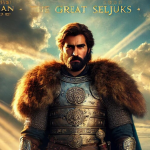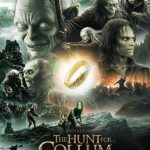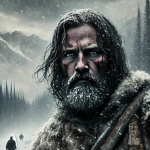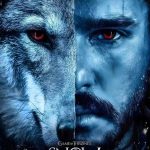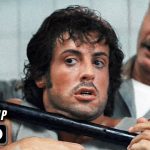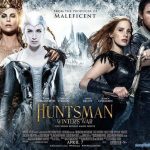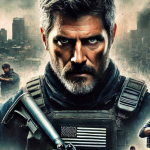Beowulf (2007): An Epic Retold through Cutting-Edge Animation
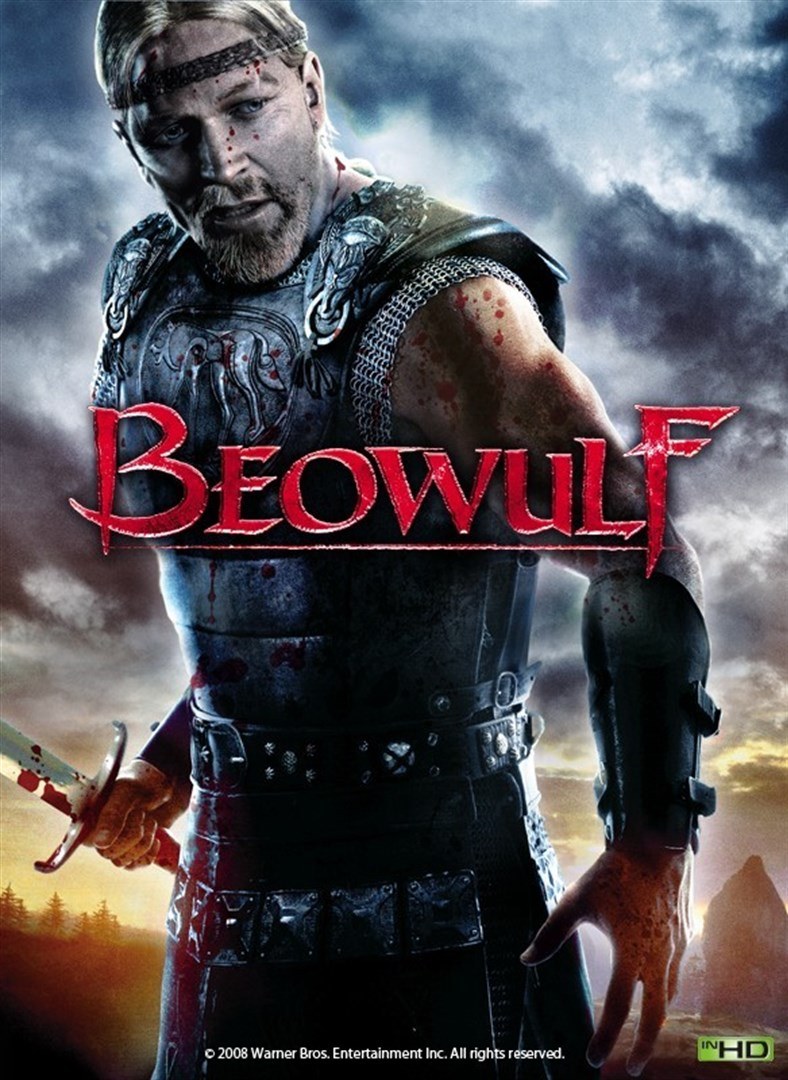
In 2007, director Robert Zemeckis brought the ancient epic poem “Beowulf” to life in a bold, innovative way through motion-capture animation. The film stands out not only for its storytelling but also for its pioneering use of technology, blending the timeless tale with a distinctive visual style that captures the essence of the original saga while presenting it to a modern audience.
Plot Overview
The story of “Beowulf” is set in a mythical version of Scandinavia, where the Danish kingdom is terrorized by a fearsome creature named Grendel. The monster’s relentless attacks on the king’s hall have left the kingdom in despair, unable to fend off the nightly horrors. It is in this time of need that Beowulf, a renowned warrior from Geatland, arrives to offer his assistance.
Voiced by Ray Winstone, Beowulf is a hero of unmatched strength and bravery. He confronts Grendel in a fierce battle, ultimately defeating the creature by tearing off its arm. The kingdom rejoices in the victory, but the celebration is short-lived. Grendel’s mother, portrayed by Angelina Jolie, emerges as a new and even more formidable foe. A vengeful sea witch, she lures Beowulf into her underwater lair, where a pivotal confrontation ensues.
The encounter with Grendel’s mother is both physical and psychological, as she tempts Beowulf with promises of power and immortality. This moment marks a turning point in the story, as Beowulf’s decisions in the heat of battle have far-reaching consequences that shape his destiny and the fate of those around him.
The film’s climax sees Beowulf facing a final, catastrophic threat, forcing him to confront the true nature of heroism and the cost of his earlier choices. The narrative explores themes of fame, legacy, and the complexities of human nature, making it a rich and multifaceted story.
Visual and Technological Innovation
“Beowulf” is noteworthy for its use of motion-capture technology, which was cutting-edge at the time of its release. This technique allowed actors to perform in a digital environment, their movements and expressions captured in real-time and translated into the film’s animated characters. The result is a unique blend of realism and fantasy, with the characters inhabiting a world that is both vividly detailed and otherworldly.
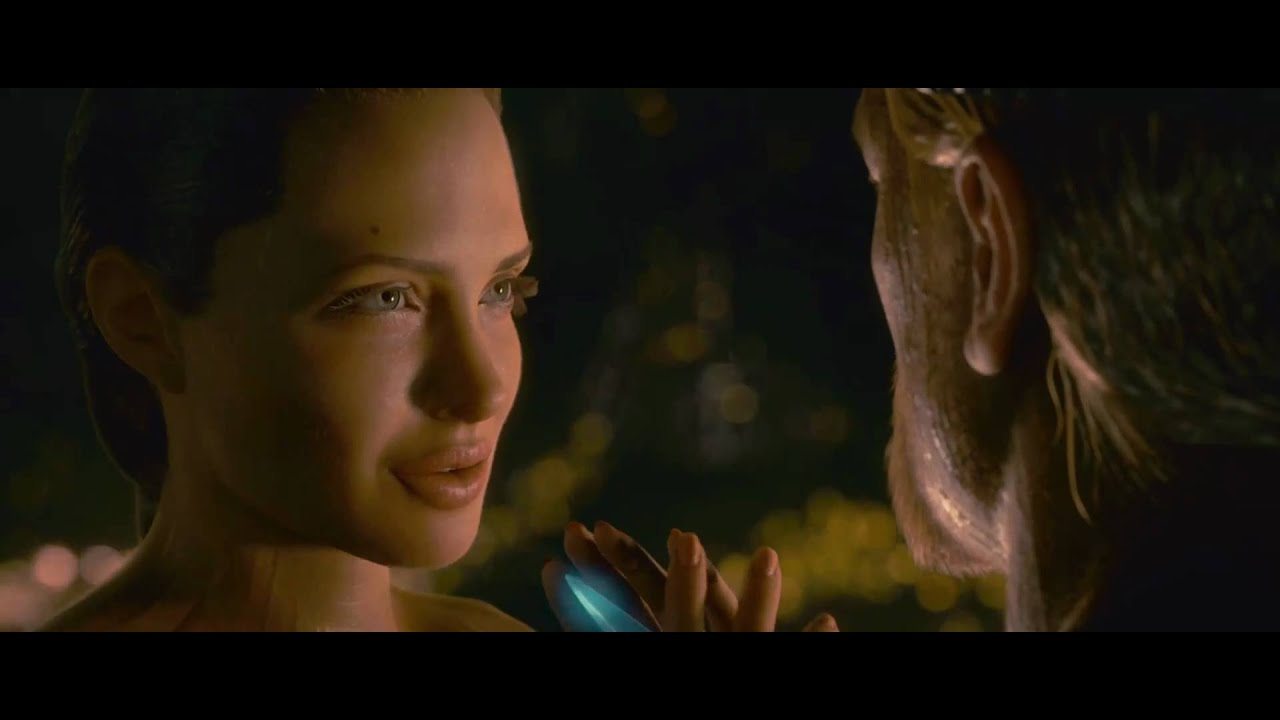
The visual style of “Beowulf” enhances the epic nature of the story. The animation captures the rugged beauty of the Scandinavian landscape, the eerie atmosphere of Grendel’s lair, and the grandeur of the king’s hall. The film’s aesthetic choices serve to immerse the audience in the world of the poem, making the ancient tale accessible and engaging for contemporary viewers.
Themes and Legacy
At its core, “Beowulf” is a story about heroism and the burdens that come with it. The film delves into the nature of fame and the ways in which it can both elevate and consume those who seek it. Beowulf’s journey is as much about his internal struggles as it is about his physical battles, making the character a complex and relatable figure.
The film also explores the idea of legacy—how actions taken in moments of glory or weakness can ripple through time, affecting not just the individual, but entire kingdoms. This theme resonates throughout the narrative, adding depth to the character’s decisions and the story’s outcome.
“Beowulf” (2007) remains a significant entry in the realm of animated films, particularly for its technological achievements and its ambitious retelling of an ancient epic. By combining traditional storytelling with modern animation, Robert Zemeckis crafted a film that honors the original poem while offering something new and visually spectacular to audiences.

